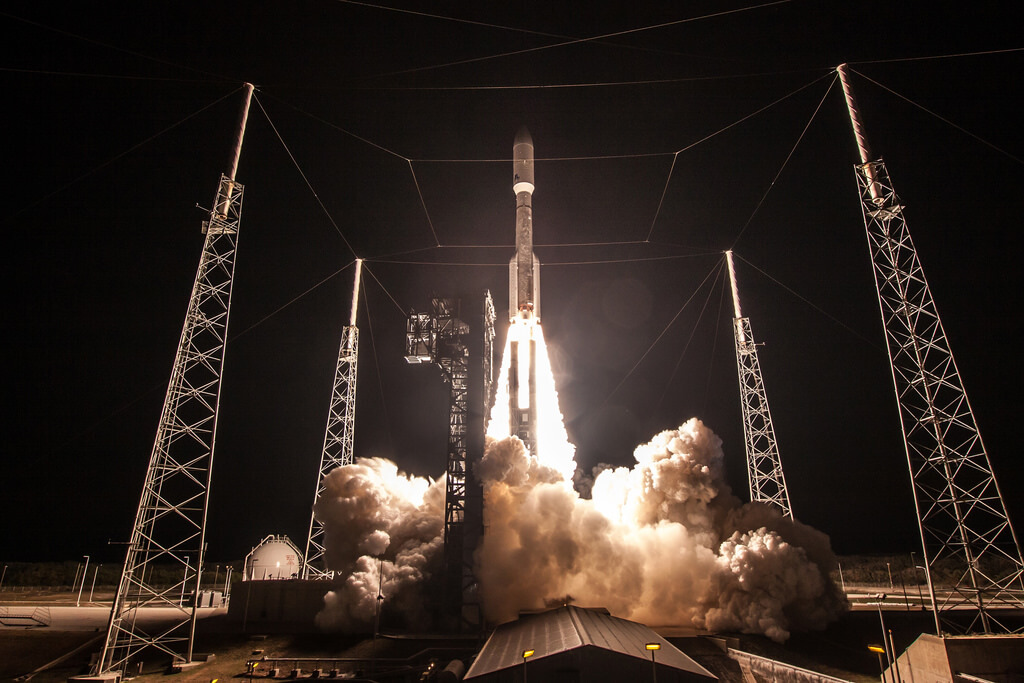NASA and NOAA have just launched a new weather satellite into the air that is unlike any others in existence right now. This new device is called the Geostationary Operational Environmental Satellite-R (GOES-R) and is the first of many that the agency is looking to launch. These satellites are different to other weather satellites we have at the moment as are much more advanced regarding what they can do.
GOES-R is currently en-route to a geostationary orbit located over 22,000 above the Earth. Because of this and its advanced hardware, the satellite can easily monitor weather patterns as it remains in situ over the US. In comparison to other weather satellites currently in use, the GOES-R is five times as fast and has four times a better resolution. All the old satellites currently being used were designed and developed back in the 1990’s when technology was not quite so advanced. With the technology that’s been used to design them, these satellites are more than just weather forecasters; they are lifesavers.
One of the many great features of the GOES-R is a new integrated technology called the Advanced Baseline Imager (ABI). This technology could be the life saver people need. It will give forecasters better, more accurate and up-to-date information in which to predict storms, and in times of severe weather, every second count if needing to get cover. The satellite also allows live streaming from space where weather can be predicted much sooner. For example, if lightning were to strike it could be tracked in real-time using a tool called the Geostationary Lightning Mapper (GLM) and pinged back down to Earth to be analyzed by the professionals. Not only will it pick up ground lightning strikes, but cloud to cloud ones too.
Although the ABI is the GOES-R’s primary feature, there are loads of other neat gadgets packed in too including a sensor package that has the ability to detect X-ray and UV rays that are emitted from the sun which allows scientists to monitor solar wind and solar flares. It’s even equipped with hardware that makes it useable in the Search and Rescue Satellite-Aided Tracking (SARSAT) system. So, with all that and more, what more could we possibly need from a weather satellite?
More News To Read
- Need Someone to Answer Your Emails for you? Just Get Google AI to…
- Experts Predict We’ll Be Able to Marry Robots within the Next 40 Years
- Researchers Create a 3D Brain Map to Demonstrate How We Understand Language
- Scientists Say We Can Slow the Melting Artic By Simply Cutting Soot Emissions
- Looks Like Amazon Go Has an Another Rival From France But With one Difference











